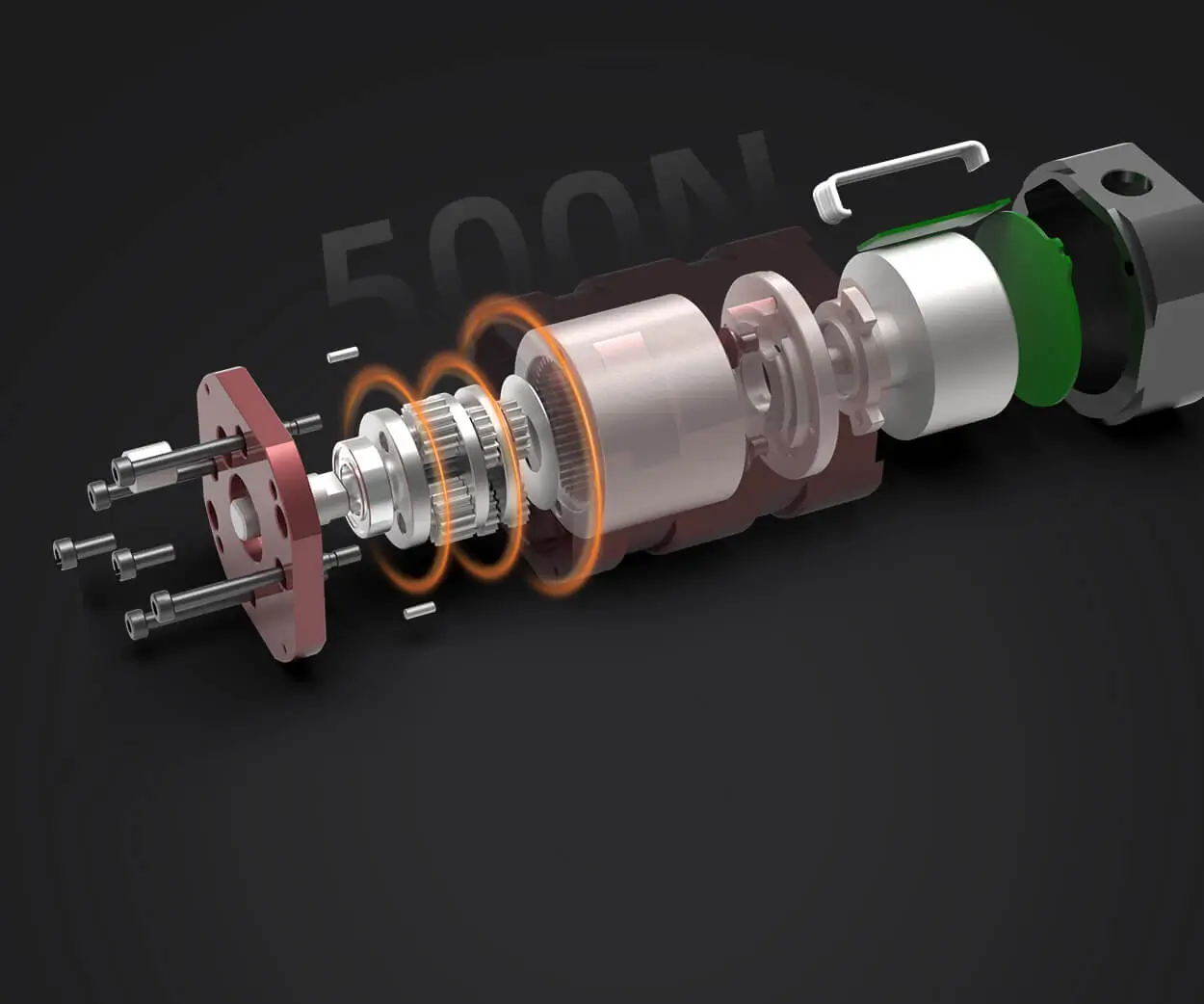Unlocking the Power of Motion: An Introduction to Motor Control
In the realm of automation and robotics, controlling movement is both a science and an art. The ability to precisely manipulate mechanical motion underpins countless applications — from industrial manufacturing to advanced robotics, medical devices, and even consumer electronics. Among the myriad motor types, servo motors and stepper motors stand out for their versatility and precision, each suited to specific tasks and operational demands.

Understanding Servo and Stepper Motors
Before diving into control techniques, it’s essential to grasp the fundamental differences between these two motor types:
Servo Motors: These are closed-loop systems equipped with feedback mechanisms, typically encoders, which constantly monitor the motor’s position, speed, and torque. The control system adjusts the power supplied to the motor to reach and maintain a desired position or velocity. This real-time feedback allows servo motors to deliver high precision, speed, and torque with excellent repeatability.
Stepper Motors: These operate open-loop by dividing a full rotation into a fixed number of steps. When energizing series of coils in sequence, the motor rotates a set amount per step. With proper design and control, stepper motors can achieve precise position control without feedback, although some advanced models employ sensors for enhanced accuracy. They're appreciated for their simplicity, reliability, and cost-effectiveness.
Why Control Matters
Controlling these motors isn’t just about turning them on and off; it’s about orchestrating a symphony of signals to achieve desired movements smoothly, accurately, and efficiently. Proper control strategies influence:
Positioning Accuracy: How close the motor’s actual position can be to the target.
Speed and Acceleration: How quickly and smoothly the motor reaches set velocities or positions.
Torque and Force Output: Ensuring the motor can handle load requirements without stalling or overheating.
Energy Efficiency: Reducing power consumption while maximizing performance.
In industrial settings, meticulous control ensures robotic arms assemble microchips, CNC machines carve precise components, and conveyor belts operate seamlessly—all demanding compliance with strict accuracy and speed standards.
Core Control Techniques and Technologies
The control of servo and stepper motors involves a blend of electronic circuitry, software algorithms, and mechanical considerations. Here are some core elements:
Pulse-Width Modulation (PWM): Used extensively in controlling voltage and current supplied to motors, particularly for servos, ensuring smooth and precise speed control.
Closed-Loop Feedback Systems: Predominantly used in servo motors, where encoders provide continuous feedback to adjust motor input accordingly—leading to high accuracy and adaptability.
Open-Loop Control: Often employed with stepper motors, where stepping signals directly control position without feedback (though digital enhancements like microstepping improve smoothness).
Microcontrollers and Drivers: These are the brains and powerhouses of the system, translating control algorithms into electrical signals that command motor operation.
Advanced Control Algorithms: Such as PID (Proportional-Integral-Derivative), vector control, or field-oriented control (FOC), optimize motor response, reduce overshoot, and improve stability.
In-Depth Look: Control of Servo Motors
Servo motor control typically involves these steps:
Command Input: Receive a target position, velocity, or torque setting via a controller.
Feedback Processing: The encoder reports the current position or speed back to the driver.
Error Calculation: The controller compares current vs. target states, computing the positional or velocity error.
Control Signal Generation: Applying algorithms like PID to determine the voltage or current needed to correct the error.
Actuation: The driver applies power, moving the motor accordingly.
This closed-loop process enables servo systems to correct errors quickly, maintaining high accuracy even under varying loads and conditions.
Stepper Motor Control Techniques
Control methods for stepper motors focus on the precise energization of coils:
Full Stepping: Energizes coils sequentially, moving the rotor in fixed steps.
Half Stepping: Alternates between full steps and half steps, doubling resolution and smoothing motion.
Microstepping: Divides each full step into tiny fractions, usually controlled via sine and cosine waveforms, achieving remarkably smooth operation and fine positional resolution.
The control signal is usually a series of pulses that determine the number of steps and direction. Microstepping controllers can interpolate intermediate positions, making movements smoother and reducing vibrations.
Choosing Between Servo and Stepper
Deciding which motor to control depends on your application's requirements:
If you need high speed, high torque, and precise closed-loop control, servo motors excel. They respond quickly to load changes and are excellent in applications demanding dynamic adaptability.
For cost-effective, straightforward positioning where load variations are minimal, stepper motors are often sufficient. They’re simpler to implement and maintain and perform well in applications like 3D printers, small CNC machines, and automation loops.
Emerging Trends and Future of Motor Control
Technological leaps are continuously shaping motor control:
Sensorless Control: Using back-EMF techniques for feedback, reducing cost and complexity.
AI and Machine Learning: Adapting control parameters in real-time to optimize performance, especially in complex or unpredictable loads.
Integrated Drive Modules: Combining intelligent controllers within compact packages streamlining design.
Wireless and IoT Integration: Networking motors for remote monitoring, predictive maintenance, and smarter automation.
In our quest for smarter, more efficient, and more precise machines, control of servo and stepper motors remains at the heart of innovation.
Stay tuned for part two, where we delve into real-world applications, advanced control methods, troubleshooting, and future predictions in the fascinating domain of motor control.
Established in 2005, Kpower has been dedicated to a professional compact motion unit manufacturer, headquartered in Dongguan, Guangdong Province, China.




































